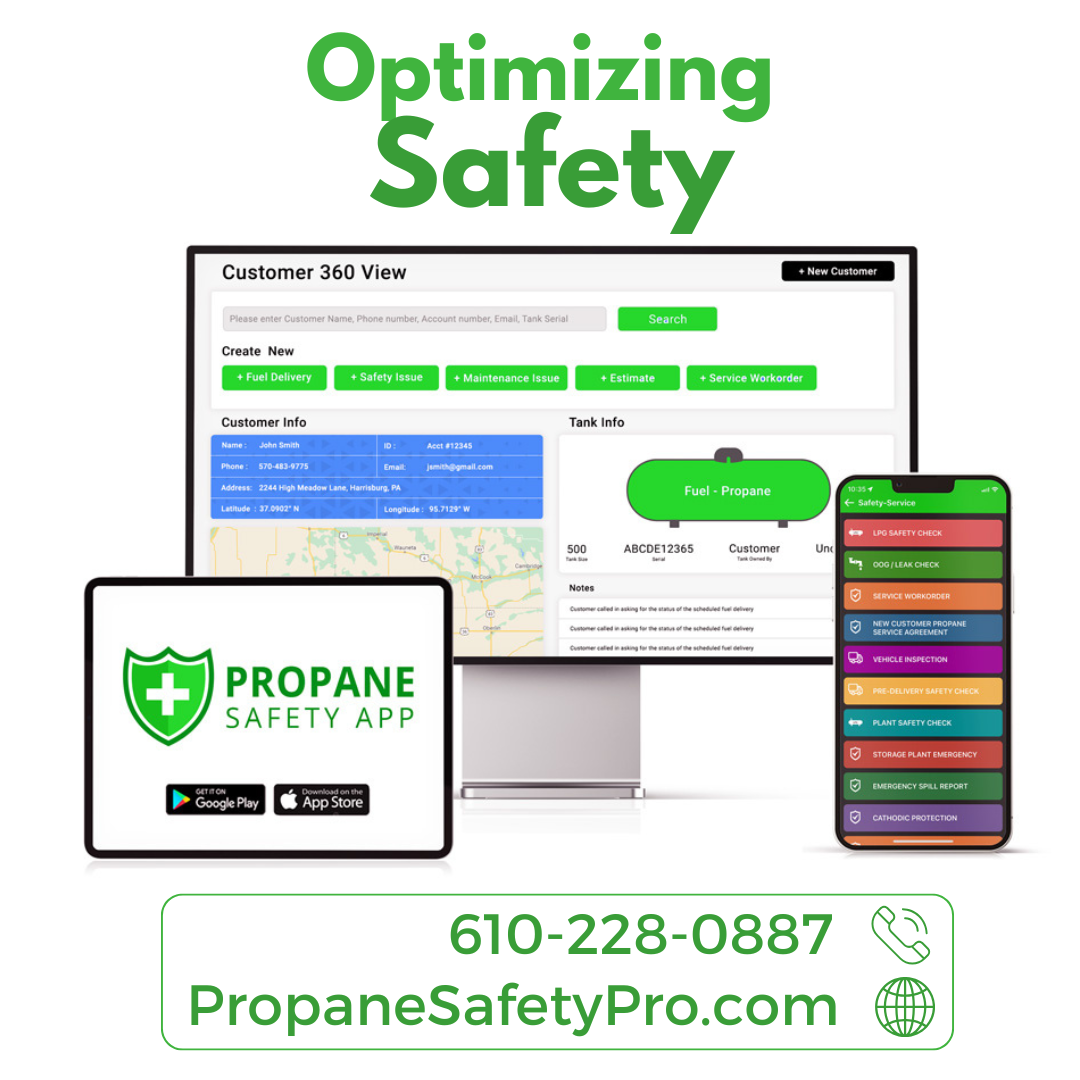The Website Dilemma: How Your Website Can Make or Break Your Business

It’s vital to understand that your business’s website is more than just a digital presence; it’s the face of your company. It serves as your customer service, marketing, public relations, and sales teams all rolled into one. Your website’s impact is swift, with visitors forming first impressions and judgments within fractions of a second. What your website communicates about your business can either catalyze growth or result in a substantial revenue loss.
In today’s digital era, the importance of a well-optimized website should be self-evident. To ensure your website is an asset rather than a liability, here are some helpful best practices:
1. Harness the Power of Analytics: Monitoring your website’s performance is paramount. In a world where over 91% of consumers rely on the internet to find goods and services, you have less than a second to capture their interest. If the user experience is subpar, a whopping 88% of online consumers won’t return. Analyzing user behavior through web analytics is essential to identify and rectify issues such as poor design, slow loading times, mobile unfriendliness, and inadequate content.
Moreover, websites have a shelf life. In the rapidly changing digital landscape, a website can quickly appear outdated, from its design to its functionality. Consider conducting a thorough audit every three to four years to ensure it remains contemporary and effective.
2. Communicate Your Unique Value: What sets your business apart? Differentiating your brand is often a challenge for fuel companies, which often emphasize common attributes like their delivery fleet and family history. To stand out, you must clearly define your differentiators. Are you focused on price, exceptional customer service, specialization, or expertise? Conveying your unique value proposition through your website is pivotal to building customer loyalty and attracting new clients.
3. Embrace SEO for Visibility: Consider this – 70% of clicks on Google go to the top five search results. Achieving a prominent place on the first page of search results requires strategic Search Engine Optimization (SEO) and quality content. SEO speaks the language of search engine algorithms, enhancing your website’s visibility. For instance, after a website redesign and SEO overhaul for a Massachusetts-based fuel company in 2019, organic traffic surged by 41.9% within six months.
4. Prioritize Customer-Centric Design: Customers appreciate when they feel prioritized, but they can also spot when they’re not. A customer-centric website design ensures a user-friendly experience. This includes simple navigation, excellent mobile responsiveness, readily available contact information, and clear presentation of services. A website’s design should always keep the customer at its core.
5. Manage Your Online Reputation: Online reviews and social media wield immense influence. Bad reviews can severely impact your revenue – businesses with low ratings report 33% less revenue than their counterparts. In fact, 90% of consumers read online reviews before visiting a business, and 84% trust these reviews as much as personal recommendations.
Managing your online reputation through positive reviews and timely responses is a potent form of marketing that builds credibility and relationships with customers. Your online reputation is not static; it requires active management to thrive. Responding to customer feedback, whether positive or negative, is crucial to maintaining a positive image.
Proactively managing your digital presence, starting with your website, is the linchpin of business growth in the digital age. Failing to seize the opportunities presented by current technology and digital marketing tools means leaving potential growth on the table. A well-optimized website is not just a digital necessity; it’s a strategic asset that can catapult your business to new heights of success.










